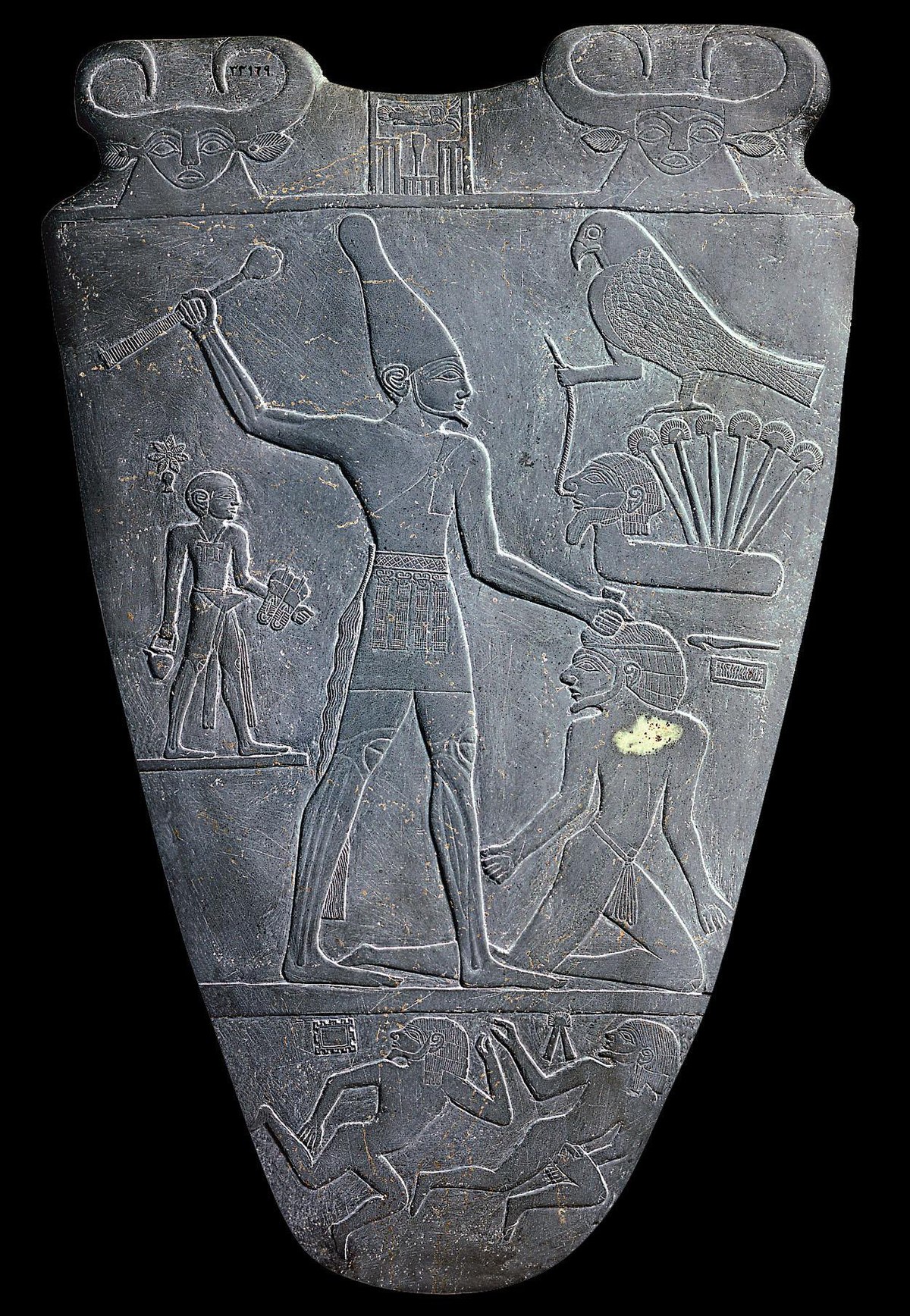
The First Dynasty of Ancient Egypt
The First Dynasty (c. 34th-30th century BC) marked the unification of Upper and Lower Egypt under the rule of Menes. This dynasty, centered at Thinis, initiated the Early Dynastic Period, characterized by the development of a centralized government and the use of hieroglyphics.
Key figures include Narmer, who unified Egypt, and Hor-Aha, whose reign was estimated between 3111 and 3045 BC. The dynasty witnessed rapid technological advancements, including the use of fixed mortise and tenon joints in shipbuilding and the production of ornaments, vessels, and statues from stone. Studies of royal crania from Abydos indicate a diverse population with affinities to Kerma Kushites and Upper Nile Valley groups.
The First Dynasty was marked by the practice of human sacrifice in funerary rituals, with retainers and animals buried with deceased pharaohs. This practice, believed to assist the pharaoh in the afterlife, ended with the conclusion of the dynasty. The origin of retainer sacrifice has been traced to the southern Middle Nile region and shared with the Kerma kingdom of Nubia.